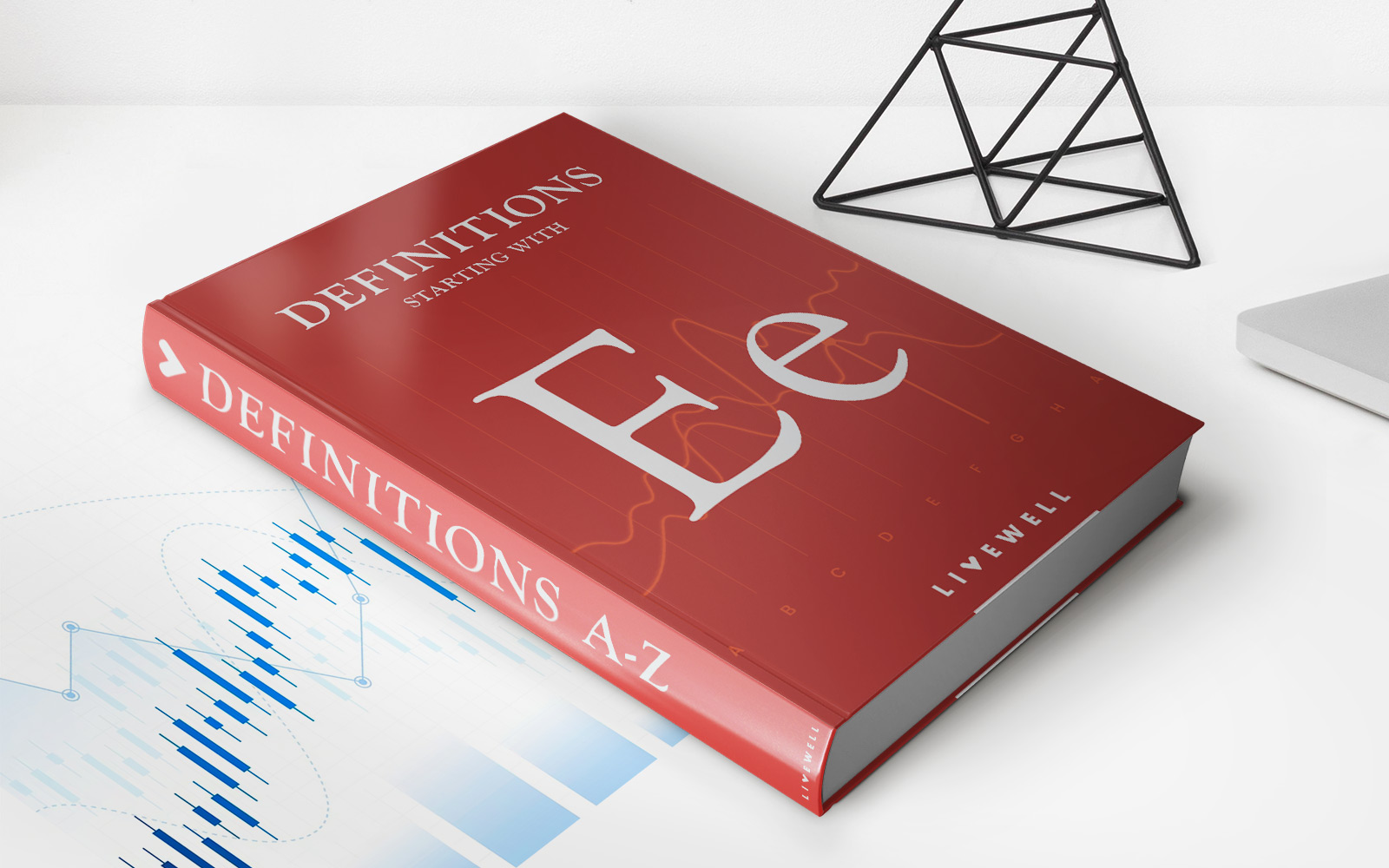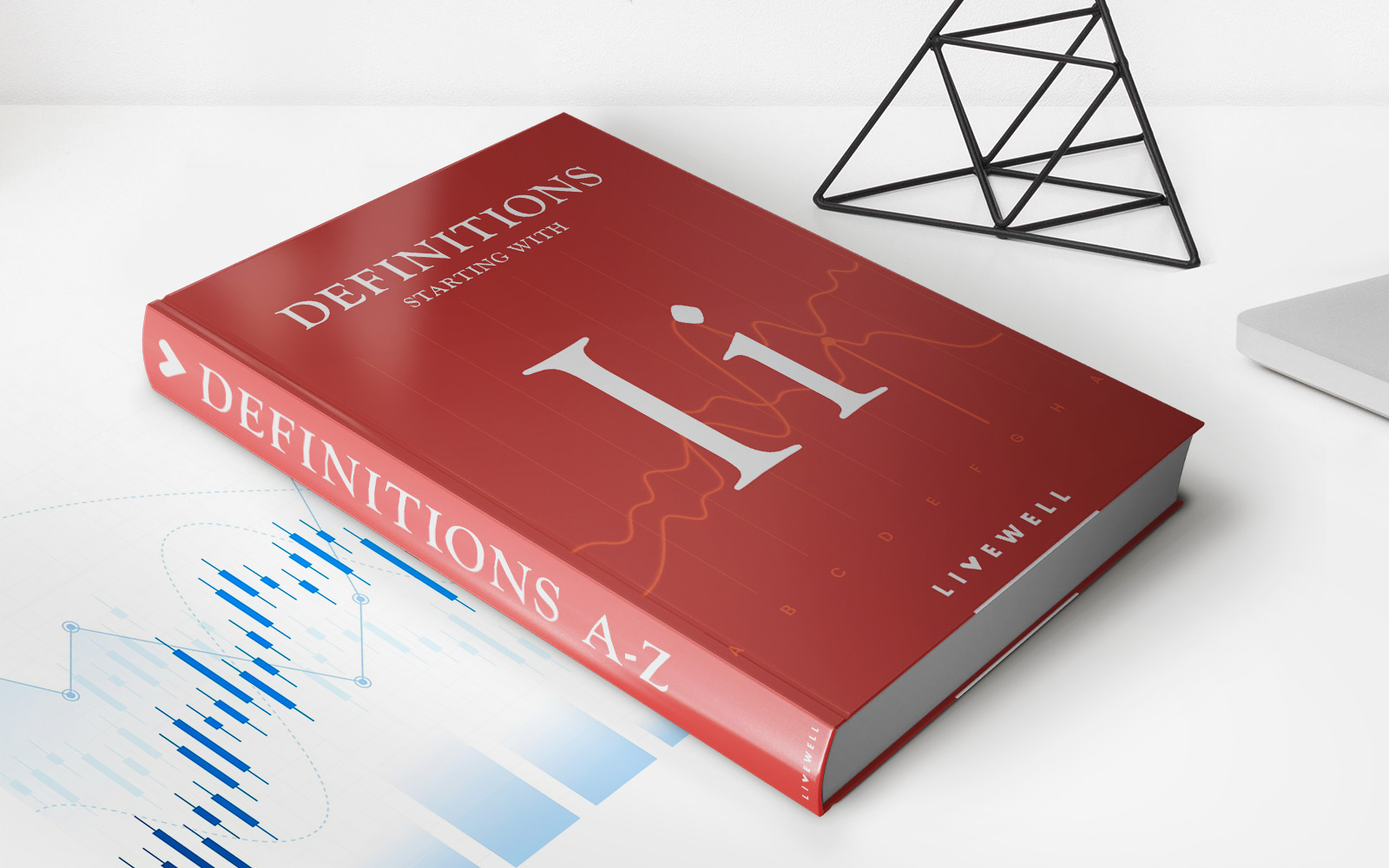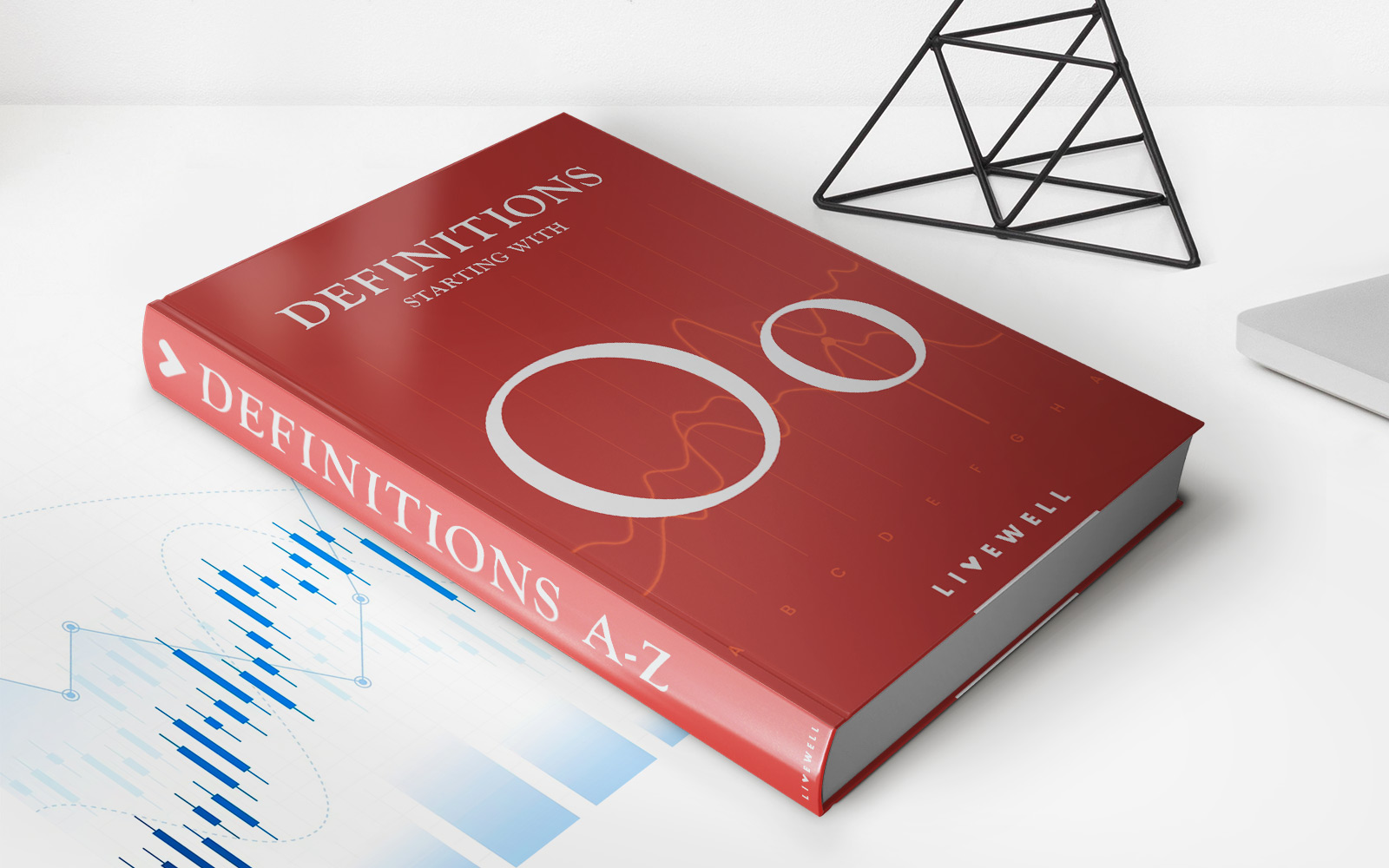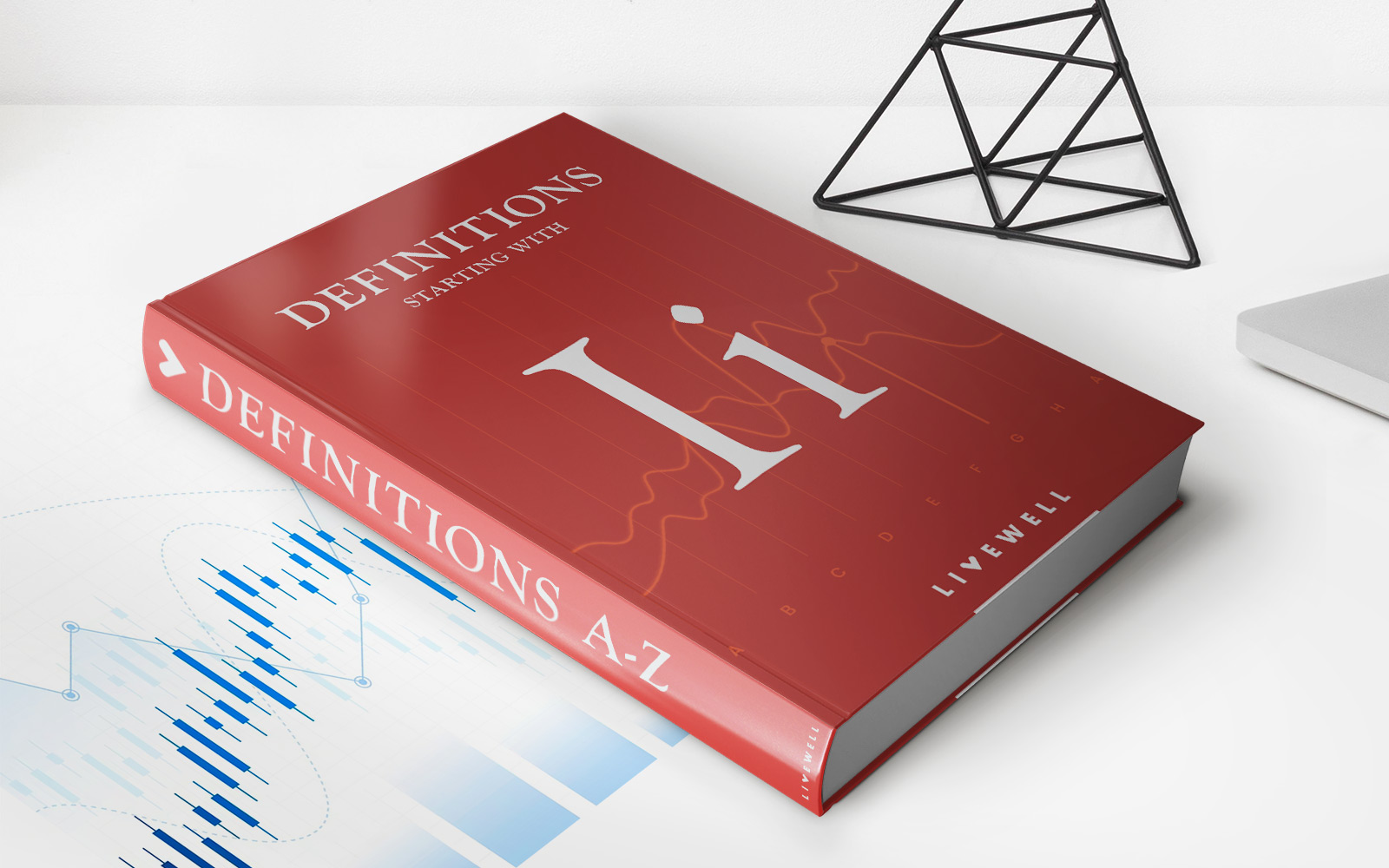Home>Finance>Rediscount: Definition, Purpose, Process, Example
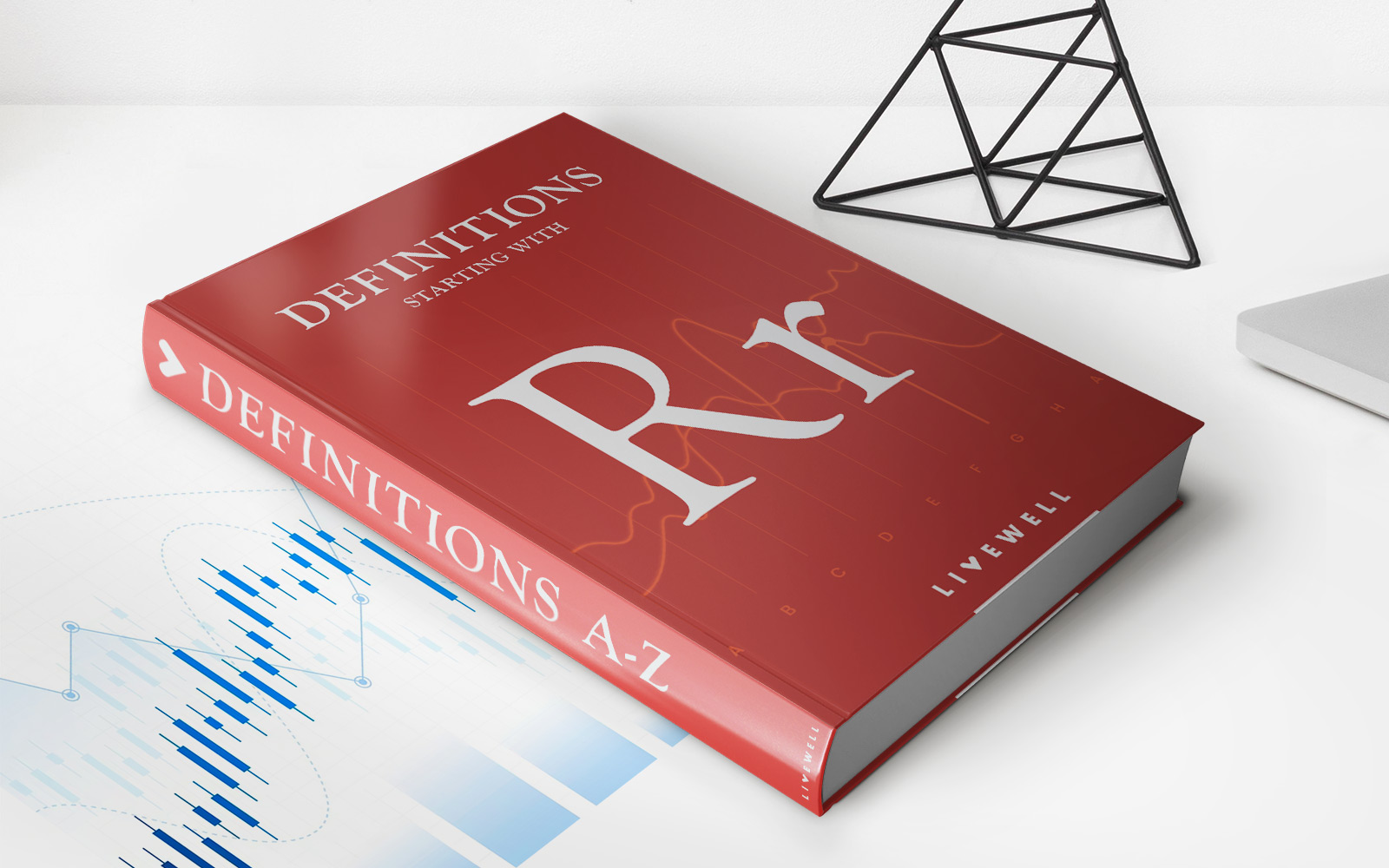

Finance
Rediscount: Definition, Purpose, Process, Example
Published: January 17, 2024
Discover the definition, purpose, process, and example of rediscounting in finance. Ensure optimum financial management with expert guidance.
(Many of the links in this article redirect to a specific reviewed product. Your purchase of these products through affiliate links helps to generate commission for LiveWell, at no extra cost. Learn more)
Understanding Rediscount: Definition, Purpose, Process, and Example
Finance is a vast and complex world, with various terms and concepts that may seem intimidating at first. One such term is rediscount. If you’ve come across this term and wonder what it means and how it can affect your financial transactions, you’ve come to the right place. In this blog post, we will delve into the definition, purpose, process, and provide an example of rediscount, demystifying it for you.
Key Takeaways:
- Rediscount is a financial practice where a central bank purchases the bills or promissory notes of commercial banks before the maturity date.
- The purpose of rediscounting is to provide liquidity to banks, ensure stability in the financial system, and influence interest rates.
What is Rediscount?
Rediscount is a practice in finance where a central bank purchases the bills or promissory notes of commercial banks before their maturity date. It is a tool used by central banks to provide liquidity and support to commercial banks in times of need.
Purpose of Rediscount
The purpose of rediscounting is threefold:
- Providing Liquidity: By purchasing the bills or promissory notes from commercial banks, the central bank injects much-needed liquidity into the banking system. This enables commercial banks to meet their short-term funding requirements, maintain their solvency, and continue lending to businesses and individuals.
- Ensuring Financial Stability: Rediscounting plays a crucial role in maintaining stability within the financial system. By supporting commercial banks during periods of financial stress, central banks help prevent bank failures and mitigate the risk of systemic crises.
- Influencing Interest Rates: Rediscounting allows central banks to influence interest rates indirectly. By adjusting the rediscounting rates, a central bank can encourage or discourage commercial banks from borrowing, thus affecting the overall interest rate environment.
Overall, the purpose of rediscounting is to ensure the smooth functioning of the financial system, promote economic stability, and support economic growth.
Rediscount Process
The process of rediscount involves several steps:
- Eligibility: Commercial banks submit bills or promissory notes to the central bank for rediscounting. These instruments must meet certain eligibility criteria set by the central bank.
- Valuation: The central bank assesses the value and quality of the bills or promissory notes submitted by the commercial banks. This includes examining the creditworthiness of the underlying borrowers.
- Discount Rate: The central bank determines the discount rate at which it will purchase the bills or promissory notes.
- Payment: Once the bills or promissory notes are approved for rediscount, the central bank pays the commercial banks the discounted value of the instruments.
It’s important to note that the central bank typically sets limits on the amount of rediscounting it will engage in to maintain control over the money supply and prevent abuse of the system.
Example of Rediscount
Let’s consider a hypothetical example to illustrate how rediscount works. Suppose a commercial bank has several bills due to mature in one month, and it requires immediate funds to meet its obligations. It approaches the central bank to rediscount these bills. The central bank assesses the creditworthiness of the underlying borrowers, determines the discount rate, and purchases the bills at a discounted value. The commercial bank receives the funds it needs, maintaining liquidity and stability.
This example highlights how rediscounting helps commercial banks overcome short-term cash flow challenges and ensures the smooth functioning of the financial system.
Conclusion
Rediscounting, a practice utilized by central banks, plays a crucial role in supporting the banking system and maintaining financial stability. By providing liquidity, ensuring stability, and influencing interest rates, rediscounting contributes to the overall health of the economy. Understanding rediscounting empowers individuals and businesses to comprehend the mechanisms behind financial transactions and make informed decisions. So, the next time you come across the term “rediscount,” you’ll have a clearer understanding of its definition, purpose, process, and importance.

